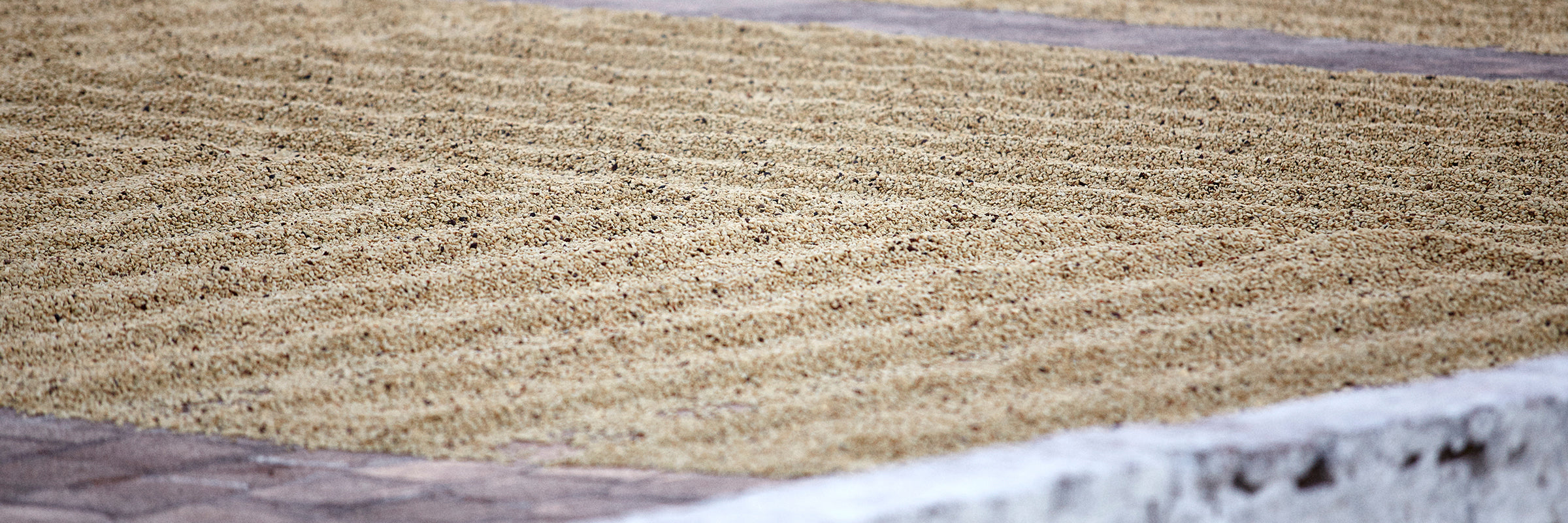Cupping is a hugely important part of what we do and a ritual of speciality coffee. But what exactly is it? Read on to learn more.

THE HISTORY
Coffee cupping has been around as early as the late 19th century, when it was used by auction systems to make buying decisions and for consistency checks for merchants.
Cupping became significant to specialty coffee when it emerged as the method used to judge and evaluate coffees in Cup of Excellence competitions as early as 1999. Soon after, the SCAA developed a cupping form which was established as the industry standard for cupping and remains so today.
It’s an important ritual which is central to the specialty coffee industry.
SO WHAT EXACTLY IS COFFEE CUPPING?
Coffee cupping is a method used to
systematically evaluate the aroma and taste
characteristics of a sample of coffee beans”
– Ted Lingle
Formally, it’s a system which is used to describe and quantify the quality of coffee. This is particularly important for an industry which sets its quality criteria against the scores generated by the system; to be considered speciality a coffee must score 80 points or more out of 100.

REPEATABILITY AND COMPARISON
Coffee cupping relies on two pillars in particular. The first is repeatability. This means using standardised equipment, brewing coffees that are roasted to a standardised degree, to a standardised brew ratio, for a standardised time. By controlling things like roast, ratios and brew time, cuppers may reliably compare coffees and will be able to test the results by repeating the same test. This leads well to the second pillar of cupping, which is comparison.
Coffee cupping relies on context and contrast. Context sets a general standard to be tested against. So, for example, cupping tables will always consist of “like” coffees such as coffees all coming from Kenya or washed coffees all coming from Central America and so on. This sets the context for the cupper to focus on individual characteristics of a coffee such as acidity for example and directly contrast it against the sweetness of a coffee within the same category in order to determine the level of quality set by the scale of a cupping form. This contrast helps plot quality between coffees across a scale between 1 and 10.
WHAT'S THE ACTUAL SETUP?
In practical terms coffee cupping involves a table of between six and twenty different coffees, maybe more, each dosed into between two and five separate cupping bowls (this is to assess uniformity). Water is added to a ratio between 5-6%. After the hot water is added a crust forms as the gasses release from the coffee. The coffee is left to brew for 4 minutes at which point the crust is broken and the wet aroma is assessed. Breaking the crust also stops any further extraction. A leftover foam is skimmed from the surface and the coffee is ready to be assessed.

The coffee is assessed by taking a spoonful of it and slurping into the mouth. The all-important slurp aspirates the coffee allowing it to spread over the whole tongue as well as force a vapour which allows the aroma to be assessed in greater detail. The categories assessed and scored include flavour, aftertaste, acidity, body, balance, uniformity and sweetness. These all add up to give a total score out of 100.

CUPPING AND ORIGIN

While this is a useful way to assess and justify the quality of coffee at Origin we use the process for so much more. We use it to help us make decisions on what green coffee to buy; to evaluate new roast profiles; as a means of quality control for existing profiles. Sometimes it’s also just a great way to get a bunch of people who enjoy coffee together and taste some interesting coffees.
















